HomeMade Medicinal Tea
stevexyz
14 years ago
Related Stories
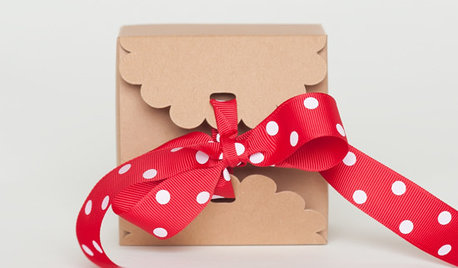
PRODUCT PICKSGuest Picks: Pretty Packaging for Homemade Holiday Treats
Keep fragile baked goods and candies intact and in style with these boxes, bags, tins and plates
Full Story
ENTERTAININGThe Busy Mom's Guide to Throwing a Kids' Holiday Tea Party
Even Fancy Nancy would thrill to be a guest at this easy event, where no one will know the shortcuts but you
Full Story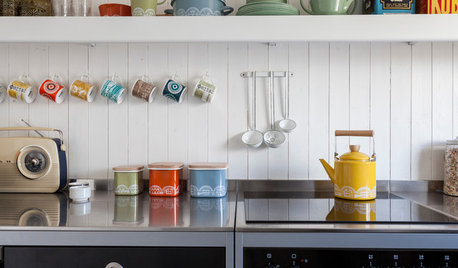
LIFEHow Do You Make Your Tea and Coffee in the Morning?
A morning cup is a must for many, and preparation comes in many guises. We look at coffee and tea habits across the Houzz community
Full Story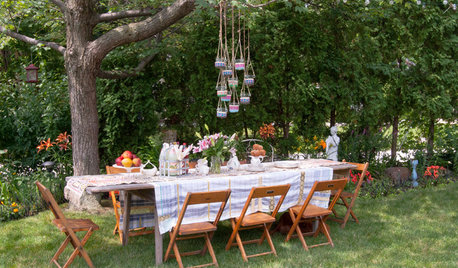
ENTERTAININGHow to Host a Tea Party at Home
Many people are reacquainting themselves with the gracious British ritual, steeped in tradition, that is perfect for an outdoor gathering
Full Story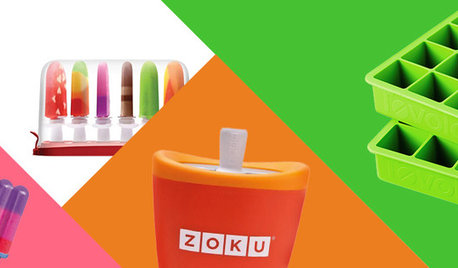
SHOP HOUZZShop Houzz: Say Hello to Popsicle Season
Everything you need to make homemade frozen pops all summer long
Full Story
HOUZZ TOURSMy Houzz: Budget-Friendly Bohemian Ranch in Dallas
A resourceful owner uses vintage finds and homemade pieces to create a cozy home full of love and imagination in Texas
Full Story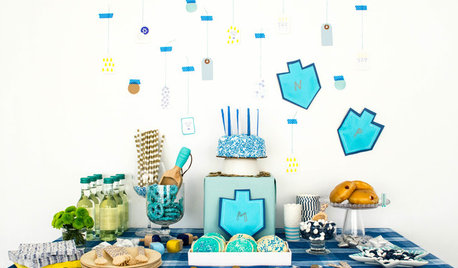
HOLIDAYSA Fresh and Fun Hanukkah Dessert Table and Wrapping Station
Celebrate the Festival of Lights with gelt pouches, homemade snacks and wrapping supplies as pretty as any party decor
Full Story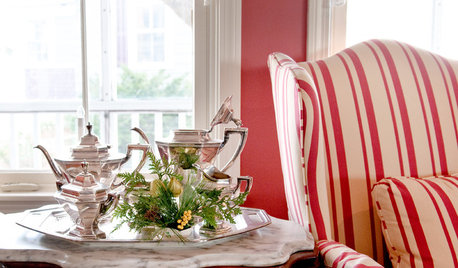
LIFESimple Pleasures: Indulging in Teatime
Get out the china cups and cream-slathered scones. Tea with treats can make even an uneventful day feel extravagant
Full Story
GARDENING AND LANDSCAPINGPorch Life: Banish the Bugs
Don't let insects be the bane of your sweet tea and swing time. These screening and product ideas will help keep bugs at bay on the porch
Full Story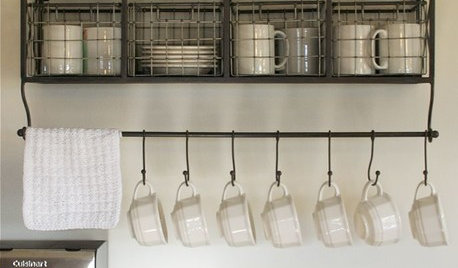
KITCHEN DESIGNHot-Drink Stations Hit the Spot
Beverage bars brimming with cocoa, tea, coffee and all the accoutrements make winter entertaining a delight
Full StorySponsored






hemnancy
catepelose
Related Professionals
Cary Landscape Architects & Landscape Designers · Fair Lawn Landscape Contractors · Fort Atkinson Landscape Contractors · Hampton Bays Landscape Contractors · Hilton Head Island Landscape Contractors · Kettering Landscape Contractors · Point Pleasant Landscape Contractors · Sugar Hill Landscape Contractors · Vallejo Landscape Contractors · View Park-Windsor Hills Landscape Contractors · South Miami Carpenters · Aliso Viejo Siding & Exteriors · Lawrenceville Siding & Exteriors · Puyallup Siding & Exteriors · Wayne Siding & Exteriorsxentar_gw
lindawood